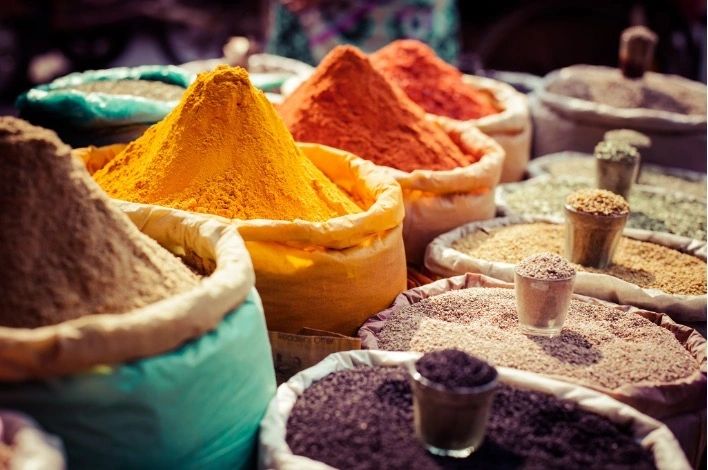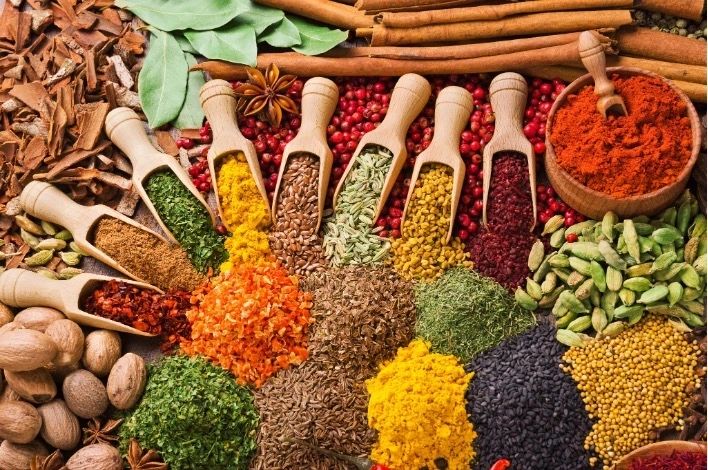Once upon a time, the world’s most sought-after commodities weren’t precious metals, but simple, flavorful, and fragrant spices. They were worth their weight in gold, shaping economies, influencing politics, and stirring the adventurous spirit of explorers, eager to find faster and safer routes to the source of these exotic treasures. In this blog post, we’re embarking on a journey through the ancient spice routes that have shaped history and added flavor and richness to global cuisines.
From the tantalizing black pepper of South India to the fiery chili peppers of Central America, spices were and still are a quintessential part of our daily meals. Their importance, however, wasn’t always confined to culinary endeavors. Spices were a status symbol, a means of preserving food, and even used in religious rituals and medicinal practices.

The spice trade began more than 4,000 years ago, with merchants navigating perilous sea routes and desert trails to bring these aromatic goods from the East to the Mediterranean. The trading routes, which later became known as the Spice Routes, spanned thousands of miles across Asia and Europe, and they represent some of the world’s oldest and most significant trade networks.
The arduous journeys of spice traders brought about a great cultural exchange. As traders traversed different continents, they didn’t only exchange goods; they shared knowledge, customs, and culinary practices. Middle Eastern cuisines adopted Indian spices, while European tables started to be graced with exotic flavors from the East. This interaction ultimately led to the diverse, multicultural gastronomic world we savor today.

Spices were so precious that they fueled explorations and conquests. The desire to monopolize the spice trade led to the Age of Discovery, with explorers like Christopher Columbus and Vasco da Gama sailing across vast oceans. While they sought direct routes to the spice-producing regions, they unintentionally stumbled upon new lands, forever changing the world map.
The Spice Routes also led to the creation of powerful trading hubs, such as Venice in Europe and Malacca in Southeast Asia. These cities flourished, becoming melting pots of culture, knowledge, and innovation.
Today, the narrative of spices continues to unfold. They are still a vital part of our culinary practices, instigating an explosion of flavors with just a pinch. Whether it’s the cinnamon in your morning coffee, the turmeric in your curry, or the paprika sprinkled over your favorite dish, these spices have journeyed through time, carrying tales of trade, conquest, and cultural exchange.
The story of spices and their ancient routes underscores how our global cuisines, although diverse, are interconnected. Every spice in our pantry is a testament to the historical voyages and cultural intermingling that have continuously influenced our relationship with food. So, the next time you add a dash of pepper or a sprinkle of nutmeg to your dishes, remember – you’re not just adding flavor, but a pinch of history too.
– Stanislav Kondrashov


